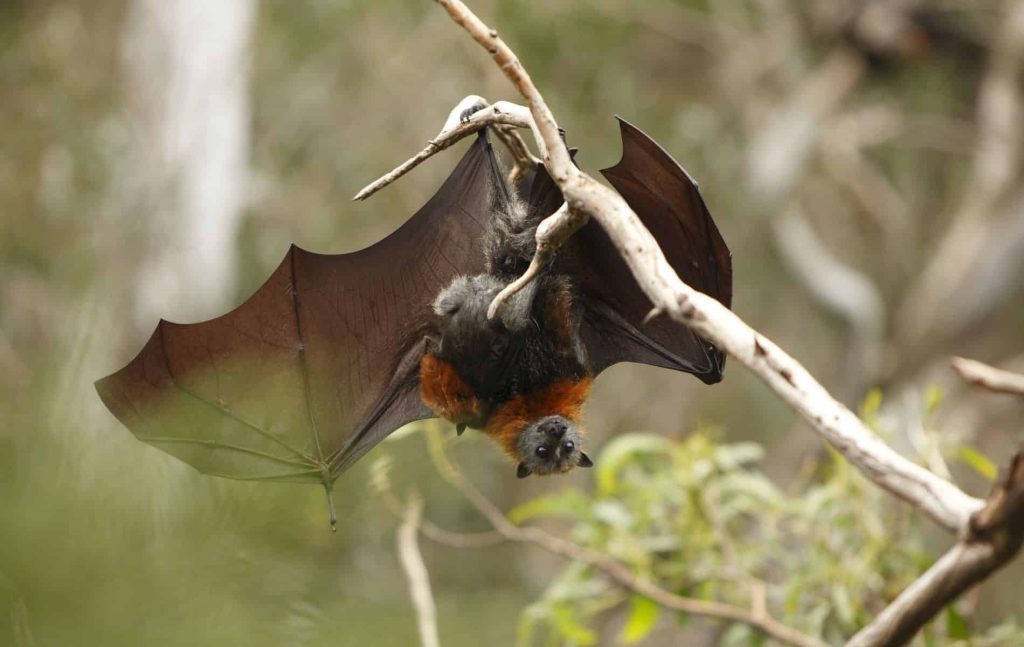This is what the researchers concluded after studying the genetic basis for imitating sounds. The similarities have nothing to do with evolutionary relationships.
There are a number of species on Earth that can produce sounds by hearing them, which is known as “vocal learning.” It is a special skill that ensures that animals are able not only to recognize complex and diverse sounds, but also to imitate them. Besides birds, only a few species are known to be able to do this. These include humans, dolphins, whales, seals, elephants and bats.
This is an amazing combination. After all, humans and birds are separated by about 300 million years of evolution. While the extent to which different birds learn vocally can vary greatly. While a parrot can also imitate sounds from other species, a zebra finch only imitates melodies from other species. Researchers from University of California So I decided to find out why one species can modify its voice based on what the animal hears, while another cannot.
artificial intelligence
They did this with the help of an artificial intelligence program that can identify fifty gene regulatory elements that are important for this type of proper learning. “In this way, we were able to find similarities between bats and humans, among other things, in the structural elements of the brain, its genetic content and even in the neural circuits responsible for vocal learning,” says researcher Michael Yartsev.
Egyptian fruit bat
It turns out that the Egyptian fruit bat in particular had interesting similarities to us. A specific part of this bat's brain contains connections very similar to those in the part of the human brain that controls speech. “The cell types that form these types of long-range connections in the brains of humans and bats are the same ones that we discovered based on genetic analysis as being most relevant to vocal learning,” says fellow researcher Andreas Pfenning. “So anatomy and genetics suggest that the same mechanism underlies this in both species.”
development?
But how can species that are so far apart from each other evolutionarily still have similar genetic mechanisms? And many closely related animals do not have this vocal learning ability? The researchers conclude that there must be “convergent evolution”: a process in which different species develop similar characteristics independently in response to similar environmental factors. You can also see this, for example, in animal wings. The wing structures of pterosaurs, bats, and birds are very similar, but the species do not descend from each other. In this case – where many species have evolved a way to learn sounds – the reason would be that multiple species apparently had a need for complex and flexible communication.
This discovery was made possible in part thanks to the use of artificial intelligence (AI). In this case, using an approach called machine learning Tissue Preservation Inference Toolkit (implicit). “New AI methods were needed to help find evolutionary signals in regulatory elements in hundreds of genomes,” says researcher Pfenning. “We are entering an exciting era in which artificial intelligence is improving our ability to trace human evolutionary history.”
This is not the first research conducted with the help of artificial intelligence. Earlier this year, researchers used artificial intelligence to discover that fingerprints are not as unique as we once thought. Co-author Hood Lipson actually pointed out that the research also said a lot about the future of artificial intelligence. “Many people believe that AI cannot make any real new discoveries, but merely reshape knowledge. This research is an example of how a fairly simple AI can provide insights that have eluded experts for decades. He found it most exciting What is interesting is that a student with no background in forensics has used AI contrary to widely held belief. “We are about to experience an explosion in AI-based scientific discoveries by non-experts. The expert community, including the academic world, must prepare for this.

“Coffee buff. Twitter fanatic. Tv practitioner. Social media advocate. Pop culture ninja.”











More Stories
Which can cause an increase in nitrogen.
The Central State Real Estate Agency has no additional space to accommodate Ukrainians.
The oystercatcher, the “unlucky national bird,” is increasingly breeding on rooftops.